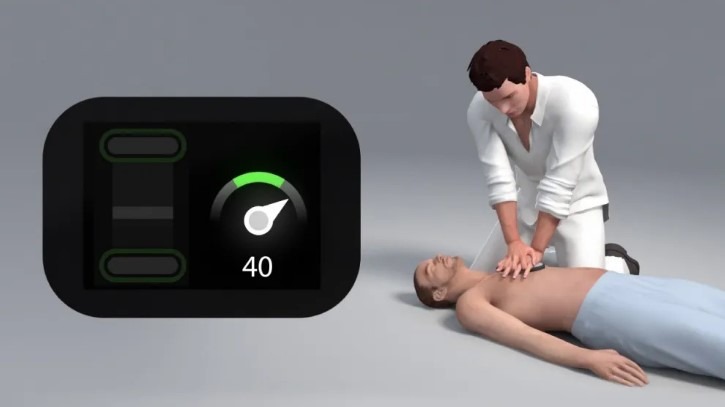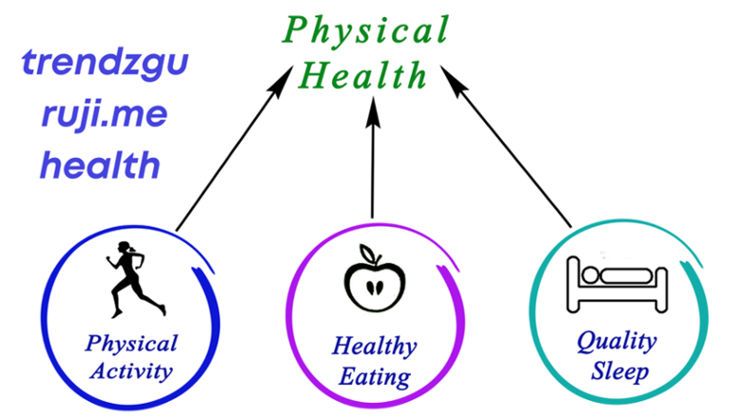What Can Kind Of Surgeries Help In Treating Cerebral Palsy?

Cerebral palsy is a disorder that impacts movement and muscle coordination. It can be caused by damage to the brain during pregnancy, childbirth, or shortly after birth. It is a motor disability in childhood, with a rate of about two per 1000 live births.
While there is no permanent cure for cerebral palsy, many treatments can help improve the quality of life for those living with this condition.
This guide will discuss the different types of cerebral palsy surgical options that may be recommended to help treat cerebral palsy. It will also talk about when surgery might be necessary and what you can expect from the surgical process.
1. Orthopedic Surgery
Orthopedic surgery is one of the most common surgeries performed on children with cerebral palsy. It is used to correct problems with the bones and muscles in the child’s body.
Several different orthopedic surgeries can be performed on a child with cerebral palsy. Some of the most common include:
-Correcting bowed legs or arms
-Straightening curved bones (like the spine)
-Tightening loose muscles
-Removing excess bone growths
-Repairing dislocated joints
-Installing metal rods or braces to help support weak bones
Orthopedic surgery can help improve a child’s mobility and ability to perform daily activities. It can also help reduce pain and improve the child’s appearance.
Most orthopedic surgeries are performed on children between two and six years old. However, some procedures can be performed on older children and adults.
Orthopedic surgery is usually done as an outpatient procedure, which means the child can go home the same day. However, the child may need to stay in the hospital for a few days in some cases.
Before having surgery, your child must undergo a complete physical examination. It will help the surgeon determine what type of procedure is needed and if your child is healthy enough for surgery.
2. Spinal Surgery
Spinal surgery can be used to correct scoliosis, a sideways curvature of the spine. It can also release the spinal cord and nerves from areas where they are being compressed. This surgery is usually done when a child is between the ages of four and eight, and it may need to be repeated as the child grows.
While spinal surgery can offer many benefits, it also carries some risks. These include infection, bleeding, blood clots, and problems with anesthesia. It’s vital to talk with your child’s doctor about the risks and benefits before deciding if this surgery is suitable for your family.
Some real benefits include:
-Improved ability to sit upright
-Reduced pain
-Improved breathing
– improved bowel and bladder control
– improved movement and muscle function.
3. Neurological Surgery
It is the most common type of cerebral palsy surgical option. It can release tight muscles, lengthen tendons, or remove damaged brain parts.
Neurological surgery is usually done when other treatments, such as medication and physical therapy, have not worked. This surgery aims to improve the affected limbs’ function and reduce pain.
Here’s how this works:
The doctor or surgeon makes a small incision in the skull or spine. Then, they will insert a microscope and other tools to remove damaged tissue or fix abnormalities. The surgeon may also implant a device to help with movement or pain in some cases.
After the surgery, you must stay in the hospital for a few days. You will also need to have follow-up appointments with your surgeon. Physical therapy may be recommended to help you recover from the surgery.
4. Vascular Surgery
If your child has cerebral palsy because of a lack of oxygen to the brain at birth, they may need surgery to improve blood flow. This type of surgery is called vascular surgery.
Vascular surgery can be done in two ways: open and endovascular. Open vascular surgery means that the surgeon will incise your child’s body to access the blood vessels. Endovascular surgery means that the surgeon will go through a vein in your child’s leg and into the arteries.
Both types of vascular surgery have risks, but they may be able to improve blood flow to the brain and help with some symptoms of cerebral palsy.
5. Functional Electrical Stimulation
It involves using a computer to deliver electrical impulses to the muscles. This treatment can help your child move their limbs and improve their walking ability.
Functional electrical stimulation is usually done in combination with physical therapy. It’s not a cure for cerebral palsy, but it can help your child improve their mobility and function.
Conclusion
Many surgeries can help treat cerebral palsy, and the decision to have surgery should be made on a case-by-case basis. If a child is experiencing pain or difficulty with movement, talk to your doctor about whether surgery may be right.





